The Surprising Link Between Interstitial Cystitis and Autoimmune Diseases
Is there a connection between interstitial cystitis and autoimmune diseases. Discover the latest research on the intriguing relationship between these conditions.
Exploring the Interstitial Cystitis and Autoimmune Disease Connection
Interstitial cystitis (IC) is a chronic and often debilitating bladder condition characterized by pelvic pain, pressure, and a frequent, urgent need to urinate. While the underlying cause of IC is not fully understood, emerging research suggests a potential link between this condition and various autoimmune diseases.
Prevalence of Interstitial Cystitis
Studies have revealed that the prevalence of interstitial cystitis varies widely, with estimates ranging from 200 to 500 cases per 100,000 individuals. A population-based study in Finland found the prevalence of clinically confirmed IC to be 60 per 100,000 women. Another study in the United States estimated the prevalence to be around 52 cases per 100,000 adults.

Interstitial Cystitis and Autoimmune Diseases
Researchers have observed an intriguing association between interstitial cystitis and various autoimmune diseases, including Sjögren’s syndrome, systemic lupus erythematosus (SLE), and rheumatoid arthritis. These conditions are characterized by the body’s immune system attacking its own healthy tissues and organs.
Sjögren’s Syndrome and Interstitial Cystitis
One of the most well-documented links is between interstitial cystitis and Sjögren’s syndrome, a chronic autoimmune disorder that primarily affects the exocrine glands, such as the salivary and tear glands. Studies have found that up to 30% of individuals with interstitial cystitis also have Sjögren’s syndrome, suggesting a significant overlap between these conditions.
Systemic Lupus Erythematosus (SLE) and Interstitial Cystitis
Researchers have also identified a potential association between interstitial cystitis and systemic lupus erythematosus (SLE), a complex autoimmune disease that can affect various organs and systems in the body. While the prevalence of bladder involvement in SLE is relatively low, some studies have reported cases of interstitial cystitis-like symptoms in individuals with SLE.

Potential Mechanisms Linking Interstitial Cystitis and Autoimmune Diseases
The precise mechanisms underlying the connection between interstitial cystitis and autoimmune diseases are not yet fully understood. However, researchers have proposed several potential explanations, including shared genetic factors, immune system dysregulation, and environmental triggers that may contribute to the development of both conditions.
One hypothesis suggests that autoantibodies, which are abnormal antibodies that target the body’s own tissues, may play a role in the development of interstitial cystitis. Studies have found the presence of various autoantibodies, such as anti-nuclear antibodies and anti-bladder antibodies, in individuals with interstitial cystitis.
Additionally, researchers have explored the possibility that certain triggers, such as infections or stress, may lead to an inappropriate immune response in individuals with a genetic predisposition, ultimately resulting in the development of both interstitial cystitis and autoimmune disorders.
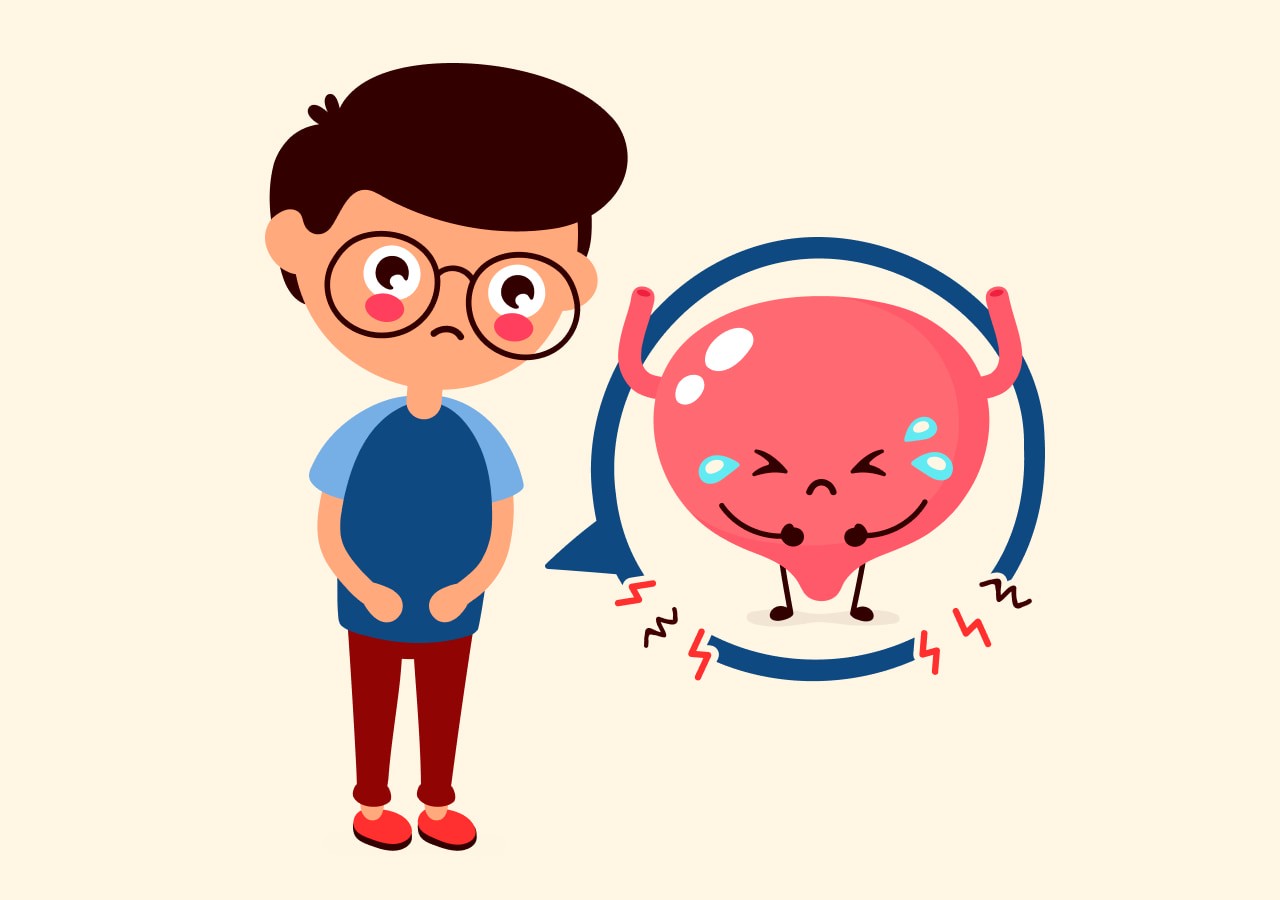
Implications and Future Research
The potential link between interstitial cystitis and autoimmune diseases has important implications for the diagnosis, management, and understanding of these conditions. Recognizing the co-occurrence of these conditions can help healthcare providers offer more comprehensive and tailored treatment approaches for patients.
Further research is needed to elucidate the precise mechanisms underlying the relationship between interstitial cystitis and autoimmune diseases, as well as to explore potential shared genetic and environmental factors that may contribute to the development of these conditions. Ongoing studies in this area may lead to improved diagnostic tools, more effective treatment strategies, and a better understanding of the complex interplay between the bladder, immune system, and autoimmunity.
Interstitial cystitis and systemic autoimmune diseases
Nordling J et al. (2004) Primary evaluation of patients suspected of having interstitial cystitis (IC). Eur Urol 45: 662–669
Article
CAS
Google Scholar
Erickson DR et al. (2001) Nonbladder related symptoms in patients with interstitial cystitis. J Urol 166: 557–561
Article
CAS
Google Scholar
Ito T et al. (2000) Interstitial cystitis in Japan. BJU Int 86: 634–637
Article
CAS
Google Scholar
Curhan GC et al. (1999) Epidemiology of interstitial cystitis: a population based study. J Urol 161: 549–552
Article
CAS
Google Scholar
Rosenberg MT and Hazzard M (2005) Prevalence of interstitial cystitis symptoms in women: a population based study in the primary care office. J Urol 174: 2231–2234
J Urol 174: 2231–2234
Article
Google Scholar
Leppilahti M et al. (2005) Prevalence of clinically confirmed interstitial cystitis in women: a population based study in Finland. J Urol 174: 581–583
Article
Google Scholar
Temml C et al. (2006) Prevalence and correlates for interstitial cystitis symptoms in women participating in a health screening project. Eur Urol 51: 803–808
Article
Google Scholar
Propert KJ et al. (2000) A prospective study of interstitial cystitis: results of longitudinal followup of the interstitial cystitis data base cohort. The Interstitial Cystitis Data Base Study Group. J Urol 163: 1434–1439
Article
CAS
Google Scholar
Jones CA et al.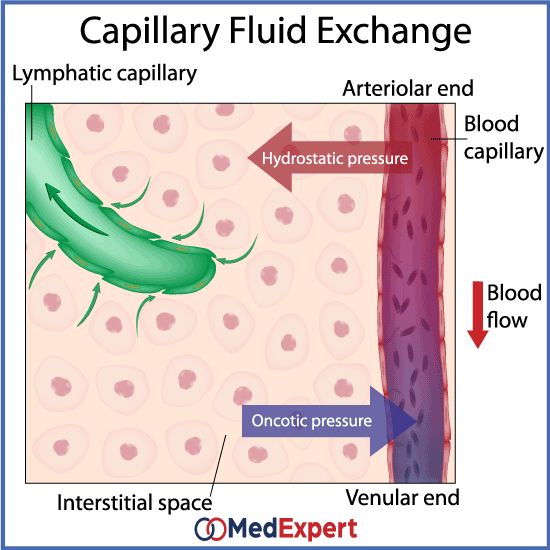 (1994) Prevalence of interstitial cystitis in the United States. J Urol 151: 423A
(1994) Prevalence of interstitial cystitis in the United States. J Urol 151: 423A
Article
Google Scholar
Abrams P et al. (2002) The standardisation of terminology of lower urinary tract function: report from the Standardisation Sub-committee of the International Continence Society. Neurourol Urodyn 21: 167–178
Article
Google Scholar
Oberpenning F et al. (2002) Interstitial cystitis: an update. Curr Opin Urol 12: 321–332
Article
Google Scholar
Van de Merwe JP et al. (1993) Sjögren’s syndrome in patients with interstitial cystitis. J Rheumatol 20: 962–966
CAS
PubMed
Google Scholar
Van de Merwe JP (2003) Sjögren’s syndrome in patients with interstitial cystitis.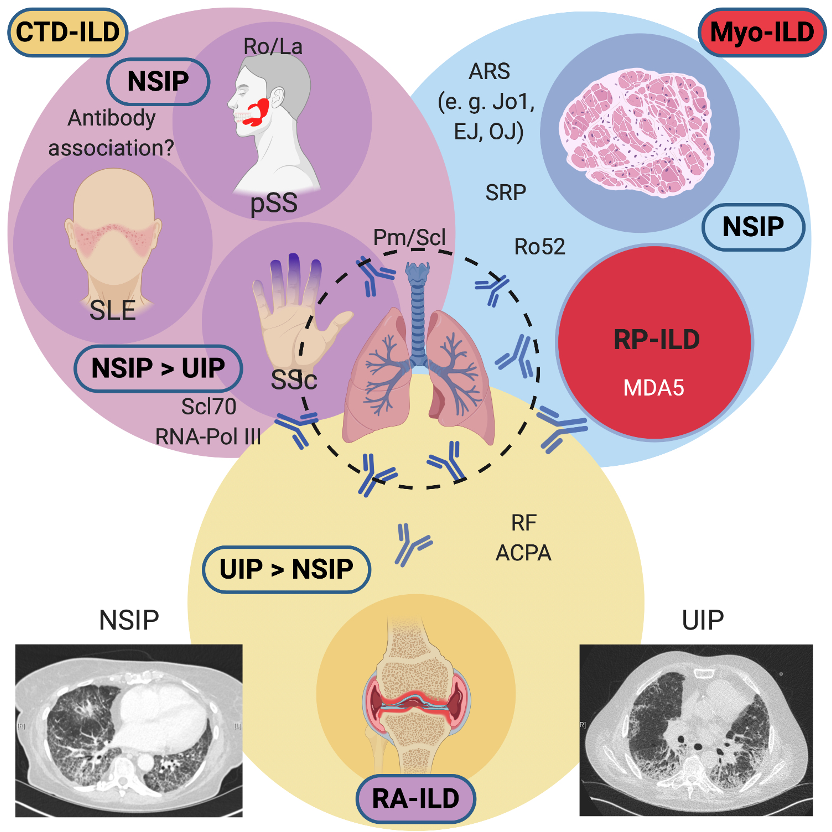 Preliminary results in 100 patients. Int J Urol 10 (Suppl): S69
Preliminary results in 100 patients. Int J Urol 10 (Suppl): S69
Google Scholar
Alagiri M et al. (1997) Interstitial cystitis: unexplained associations with other chronic disease and pain syndromes. Urology 49 (5A Suppl): S52–S57
Article
Google Scholar
Yamada T (2003) Significance of complications of allergic diseases in young patients with interstitial cystitis. Int J Urol (10 Suppl): S56–S58
Article
Google Scholar
Peeker R et al. (2003) Intercurrent autoimmune conditions in classic and non-ulcer interstitial cystitis. Scand J Urol Nephrol 37: 60–63
Article
Google Scholar
Ochs RL and Tan EM (1997) Autoimmunity and interstitial cystitis. In Interstitial Cystitis, 47–52 (Ed. Sant GR) Philadelphia: Lippincott-Raven
In Interstitial Cystitis, 47–52 (Ed. Sant GR) Philadelphia: Lippincott-Raven
Google Scholar
Ochs RL et al. (1994) Autoantibodies in interstitial cystitis. J Urol 151: 587–592
Article
CAS
Google Scholar
Keay S et al. (1997) Urine autoantibodies in interstitial cystitis. J Urol 157: 1083–1087
Article
CAS
Google Scholar
Danchenko N et al. (2006) Epidemiology of systemic lupus erythematosus: a comparison of worldwide disease burden. Lupus 15: 308–318
Article
CAS
Google Scholar
Alarçon-Segovia D et al. (1984) Involvement of the urinary bladder in systemic lupus erythematosus.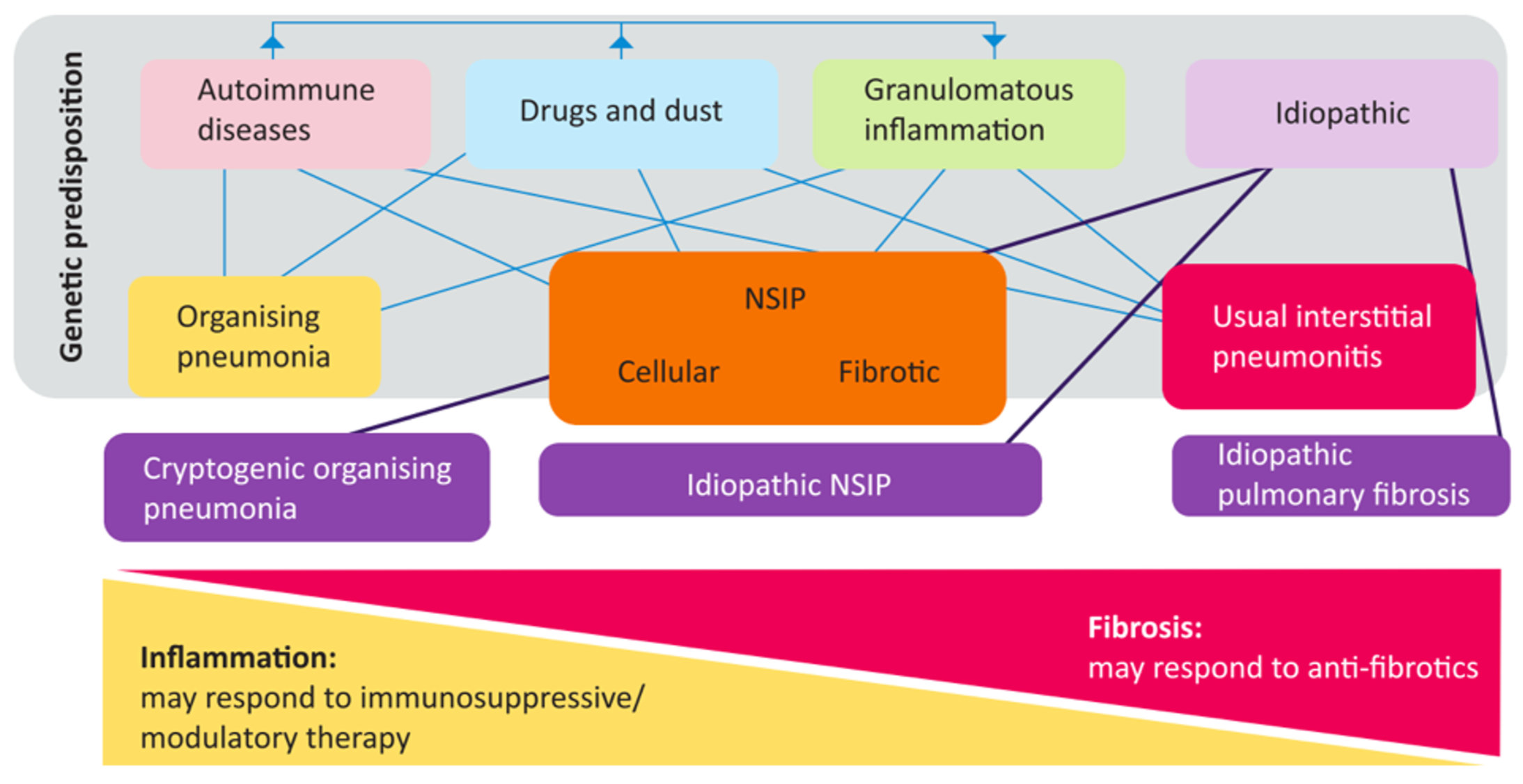 A pathologic study. J Rheumatol 11: 208–210
A pathologic study. J Rheumatol 11: 208–210
PubMed
Google Scholar
Grennan DM et al. (1977) Sjögren’s syndrome in SLE: Part 2. An examination of the clinical significance of Sjögren’s syndrome by comparison of its frequency in typical and atypical forms of SLE, overlap syndromes and scleroderma. N Z Med J 86: 376–379
CAS
PubMed
Google Scholar
Andonopoulos AP et al. (1990) Sjögren’s syndrome in systemic lupus erythematosus. J Rheumatol 17: 201–204
CAS
PubMed
Google Scholar
Gilboe IM et al. (2001) Sicca symptoms and secondary Sjögren’s syndrome in systemic lupus erythematosus: comparison with rheumatoid arthritis and correlation with disease variables. Ann Rheum Dis 60: 1103–1109
Article
CAS
Google Scholar
Drosos AA et al. (1990) Subacute cutaneous lupus erythematosus in Greece. A clinical, serological and genetic study. Ann Med Interne (Paris) 141: 421–424
(1990) Subacute cutaneous lupus erythematosus in Greece. A clinical, serological and genetic study. Ann Med Interne (Paris) 141: 421–424
CAS
Google Scholar
Chen MY et al. (2004) Is there an ethnic difference in the prevalence of lupus cystitis? A report of six cases. Lupus 13: 263–269
Article
Google Scholar
Vercammen M et al. (2007) Diagnostic accuracy of the FIDIS multiplex fluorescent microsphere immunodetection system for anti-extractable nuclear antigen (ENA) antibodies in connective tissue diseases. Clin Chem Lab Med 45: 505–512
Article
CAS
Google Scholar
Sauerland U et al. (2005) Clinical utility of the anti-CCP assay: experiences with 700 patients. Ann NY Acad Sci 1050: 314–318
Article
CAS
Google Scholar
Van Noord C et al. (2005) Diagnostic value of anti-cyclic citrullinated peptide antibodies to detect rheumatoid arthritis in patients with Sjögren’s syndrome. Ann Rheum Dis 64: 160–162
(2005) Diagnostic value of anti-cyclic citrullinated peptide antibodies to detect rheumatoid arthritis in patients with Sjögren’s syndrome. Ann Rheum Dis 64: 160–162
Article
CAS
Google Scholar
Cohen MG and Webb J (1987) Concurrence of rheumatoid arthritis and systemic lupus erythematosus: report of 11 cases. Ann Rheum Dis 46: 853–858
Article
CAS
Google Scholar
Alarçon-Segovia D et al. (2005) Familial aggregation of systemic lupus erythematosus, rheumatoid arthritis, and other autoimmune diseases in 1,177 lupus patients from the GLADEL cohort. Arthritis Rheum 52: 1138–1147
Article
Google Scholar
Andonopoulos AP et al. (1987) Secondary Sjogren’s syndrome in rheumatoid arthritis.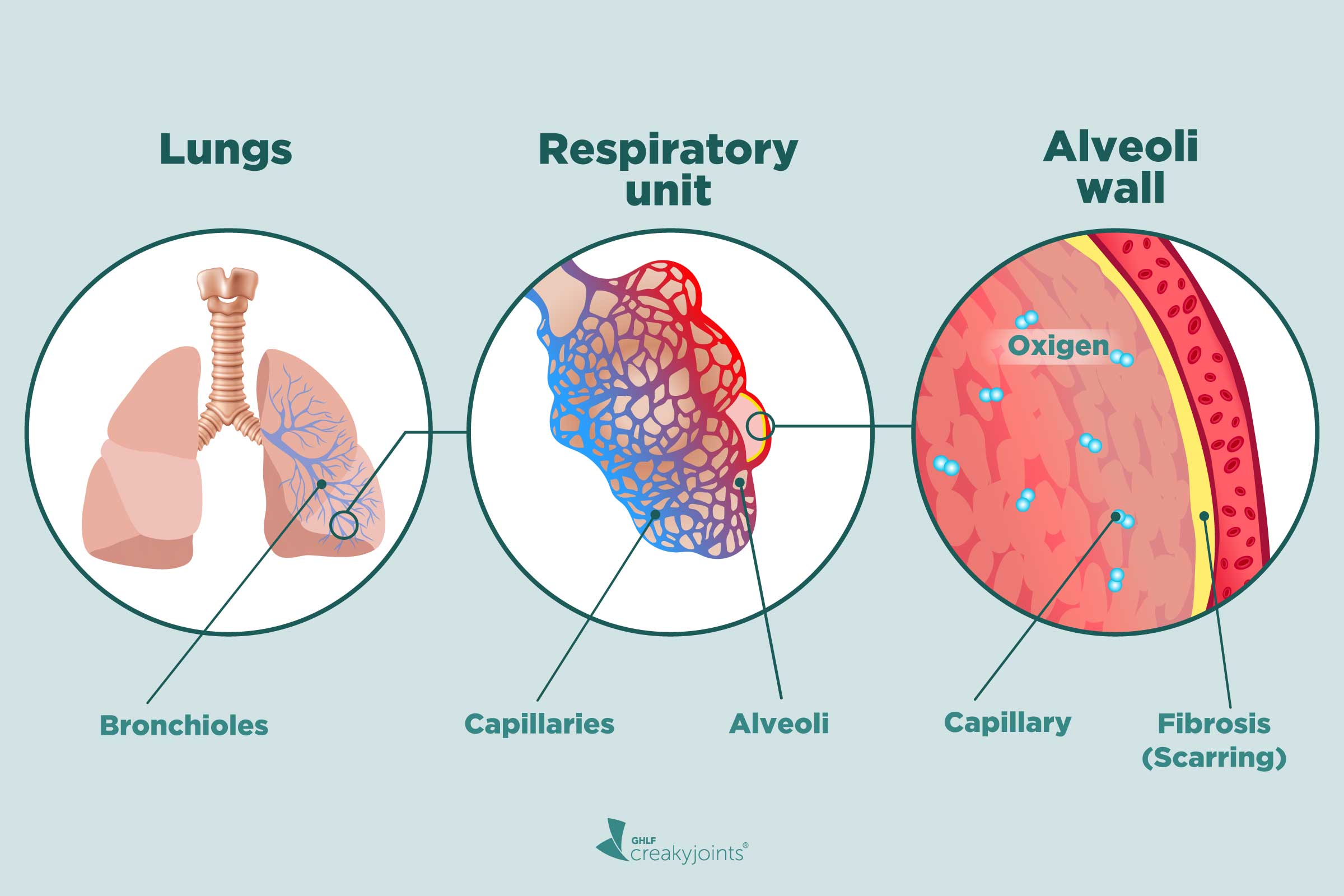 J Rheumatol 14: 1098–1103
J Rheumatol 14: 1098–1103
CAS
PubMed
Google Scholar
Lee KL et al. (2006) Lower urinary tract symptoms in female patients with rheumatoid arthritis. Scand J Rheumatol 35: 96–101
Article
Google Scholar
Fox RI et al. (1984) Primary Sjögren syndrome: clinical and immunopathologic features. Semin Arthritis Rheum 14: 77–105
Article
CAS
Google Scholar
Asherson RA et al. (1992) Antiphospholipid antibodies and HLA associations in primary Sjögren’s syndrome. Ann Rheum Dis 51: 495–498
Article
CAS
Google Scholar
Yasuda S et al. (2004) Abacterial prostatitis and primary biliary cirrhosis with Sjögren’s syndrome. Mod Rheumatol 14: 70–72
Mod Rheumatol 14: 70–72
Article
Google Scholar
Ramos-Casals M et al. (2006) Atypical autoantibodies in patients with primary Sjögren syndrome: clinical characteristics and follow-up of 82 cases. Semin Arthritis Rheum 35: 312–321
Article
CAS
Google Scholar
Fox RI et al. (2001) Use of muscarinic agonists in the treatment of Sjögren’s syndrome. Clin Immunol 101: 249–263
Article
CAS
Google Scholar
Robinson CP et al. (1998) Transfer of human serum IgG to nonobese diabetic Igµnull mice reveals a role for autoantibodies in the loss of secretory function of exocrine tissues in Sjögren’s syndrome. Proc Natl Acad Sci USA 95: 7538–7543
Article
CAS
Google Scholar
Bacman S et al. (1998) Autoantibodies against lacrimal gland M3 muscarinic acetylcholine receptors in patients with primary Sjögren’s syndrome. Invest Ophthalmol Vis Sci 39: 151–156
(1998) Autoantibodies against lacrimal gland M3 muscarinic acetylcholine receptors in patients with primary Sjögren’s syndrome. Invest Ophthalmol Vis Sci 39: 151–156
CAS
PubMed
Google Scholar
Humphreys-Beher MG and Peck AB (1999) New concepts for the development of autoimmune exocrinopathy derived from studies with the NOD mouse model. Arch Oral Biol 44 (Suppl 1): S21–S25
Article
Google Scholar
Gordon TP et al. (2001) Autoantibodies in primary Sjögren’s syndrome: new insights into mechanisms of autoantibody diversification and disease pathogenesis. Autoimmunity 34: 123–132
Article
CAS
Google Scholar
Dawson LJ et al. (2006) Antimuscarinic antibodies in primary Sjögren’s syndrome reversibly inhibit the mechanism of fluid secretion by human submandibular salivary acinar cells. Arthritis Rheum 54: 1165–1173
Arthritis Rheum 54: 1165–1173
Article
CAS
Google Scholar
Kovacs L et al. (2005) Clinical associations of autoantibodies to human muscarinic acetylcholine receptor 3 (213–228) in primary Sjögren’s syndrome. Rheumatology (Oxford) 44: 1021–1025
Article
CAS
Google Scholar
Naito Y et al. (2005) Muscarinic acetylcholine receptor autoantibodies in patients with Sjögren’s syndrome. Ann Rheum Dis 64: 510–511
Article
CAS
Google Scholar
Naito Y et al. (2006) Altered peptide ligands regulate muscarinic acetylcholine receptor reactive T cells of patients with Sjögren’s syndrome. Ann Rheum Dis 65: 269–271
Article
CAS
Google Scholar
Rhodus NL and Schuh MJ (1991) Effects of pilocarpine on salivary flow in patients with Sjögren’s syndrome. Oral Surg Oral Med Oral Pathol 72: 545–549
Oral Surg Oral Med Oral Pathol 72: 545–549
Article
CAS
Google Scholar
Vivino FB et al. (1999) Pilocarpine tablets for the treatment of dry mouth and dry eye symptoms in patients with Sjögren syndrome: a randomized, placebo-controlled, fixed-dose, multicenter trial. P92-01 Study Group. Arch Intern Med 159: 174–181
Article
CAS
Google Scholar
Van de Merwe JP and Arendsen HJ (2000) Interstitial cystitis: a review of immunological aspects of the aetiology and pathogenesis, with a hypothesis. BJU Int 85: 995–999
Article
CAS
Google Scholar
Haarala M et al. (2000) Lower urinary tract symptoms in patients with Sjögren’s syndrome and systemic lupus erythematosus. Int Urogynecol J Pelvic Floor Dysfunct 11: 84–86
Article
CAS
Google Scholar
Leppilahti M et al.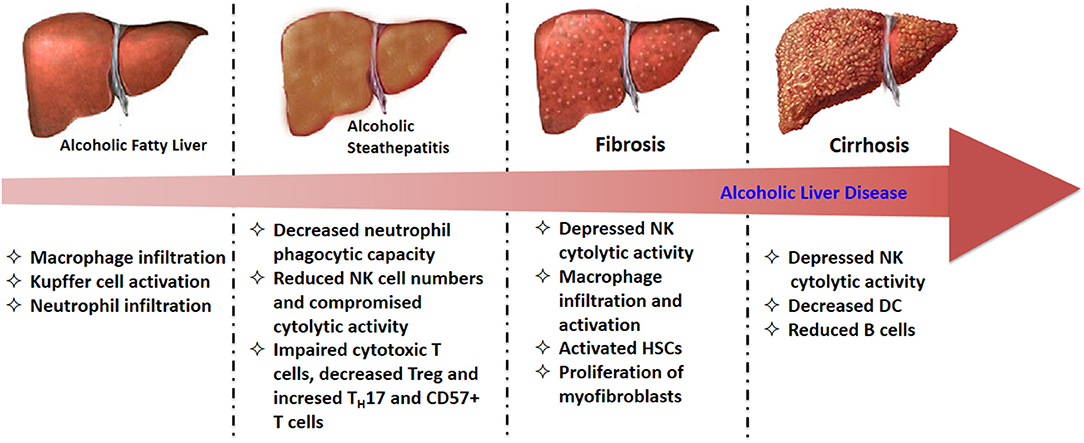 (2003) Interstitial cystitis-like urinary symptoms among patients with Sjögren’s syndrome: a population-based study in Finland. Am J Med 115: 62–65
(2003) Interstitial cystitis-like urinary symptoms among patients with Sjögren’s syndrome: a population-based study in Finland. Am J Med 115: 62–65
Article
Google Scholar
Dafni UG et al. (1997) Prevalence of Sjögren’s syndrome in a closed rural community. Ann Rheum Dis 56: 521–525
Article
CAS
Google Scholar
Thomas E et al. (1998) Sjögren’s syndrome: a community-based study of prevalence and impact. Br J Rheumatol 37: 1069–1076
Article
CAS
Google Scholar
Van de Merwe JP et al. (1994) Sjögren’s syndrome, keratoconjunctivitis sicca and focal lymphocytic sialoadenitis in patients with interstitial cystitis. In Sjögren’s Syndrome—State of the Art Proceedings of the Fourth International Symposium, 347–349 (Eds Homma M et al. ) Amsterdam: Kugler Publications
) Amsterdam: Kugler Publications
Google Scholar
Vitali C et al. (2002) Classification criteria for Sjögren’s syndrome: a revised version of the European criteria proposed by the American-European Consensus Group. Ann Rheum Dis 61: 554–558
Article
CAS
Google Scholar
Tyagi S et al. (2006) Qualitative and quantitative expression profile of muscarinic receptors in human urothelium and detrusor. J Urol 176: 1673–1678
Article
CAS
Google Scholar
Harriss DR et al. (1995) Expression of muscarinic M3-receptors coupled to inositol phospholipid hydrolysis in human detrusor cultured smooth muscle cells. J Urol 154: 1241–1245
Article
CAS
Google Scholar
Mukerji G et al.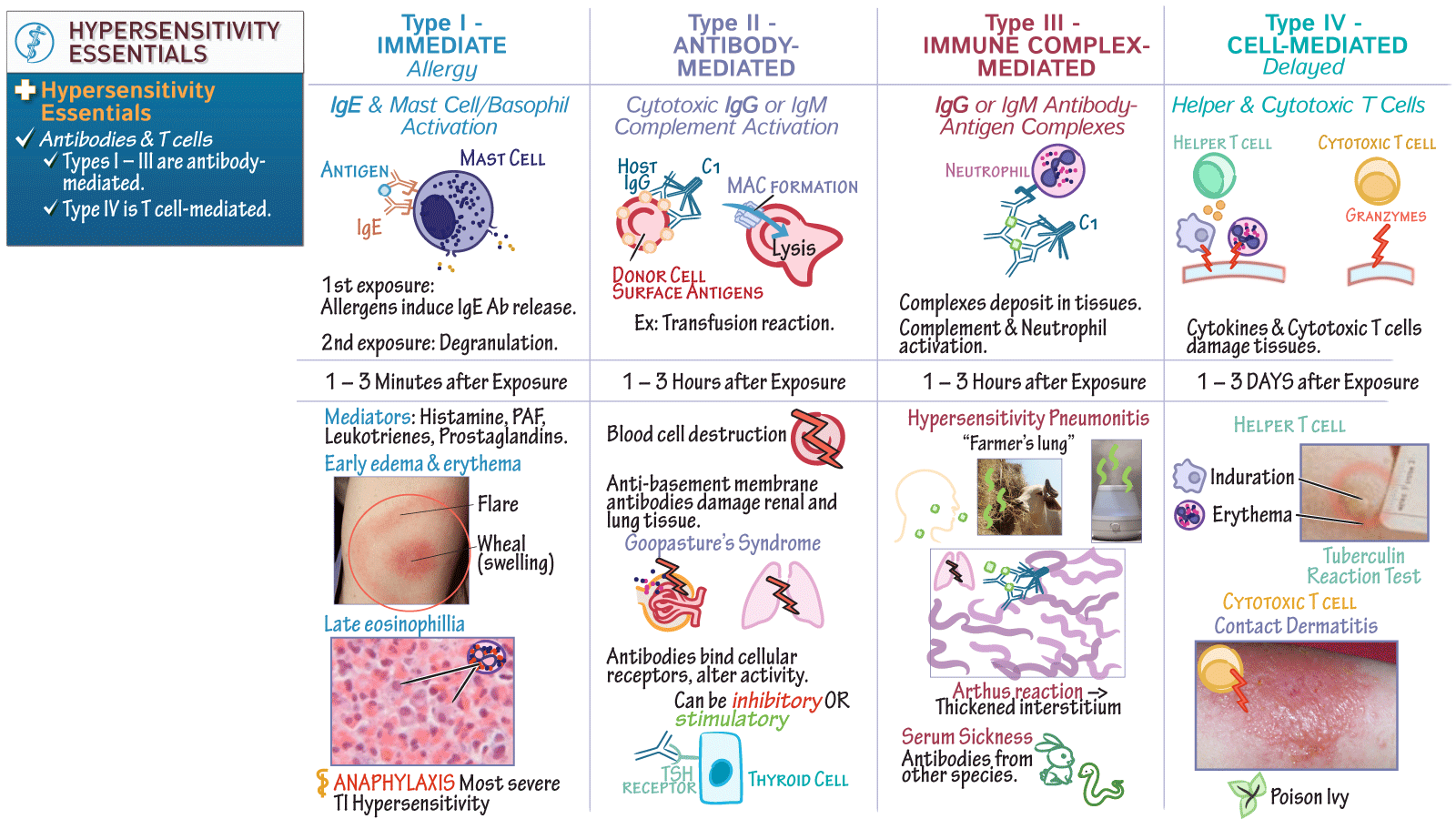 (2006) Localization of M2 and M3 muscarinic receptors in human bladder disorders and their clinical correlations. J Urol 176: 367–373
(2006) Localization of M2 and M3 muscarinic receptors in human bladder disorders and their clinical correlations. J Urol 176: 367–373
Article
CAS
Google Scholar
Mansfield KJ et al. (2005) Muscarinic receptor subtypes in human bladder detrusor and mucosa, studied by radioligand binding and quantitative competitive RT-PCR: changes in ageing. Br J Pharmacol 144: 1089–1099
Article
CAS
Google Scholar
Hegde SS (2006) Muscarinic receptors in the bladder: from basic research to therapeutics. Br J Pharmacol 147 (Suppl 2): S80–S87
Article
CAS
Google Scholar
Wang F et al. (2004) Passive transfer of Sjögren’s syndrome IgG produces the pathophysiology of overactive bladder. Arthritis Rheum 50: 3637–3645
Article
CAS
Google Scholar
Siden A and Lindahl G (1990) Signs of Sjögren’s syndrome in a patient with myasthenia gravis. Acta Neurol Scand 81: 179–180
Acta Neurol Scand 81: 179–180
Article
CAS
Google Scholar
Hughes BW et al. (2004) Pathophysiology of myasthenia gravis. Semin Neurol 24: 21–30
Article
Google Scholar
Kohn LD and Harii N (2003) Thyrotropin receptor autoantibodies (TSHRAbs): epitopes, origins and clinical significance. Autoimmunity 36: 331–337
Article
CAS
Google Scholar
Bouchelouche K et al. (2006) Human detrusor smooth muscle cells release interleukin-6, interleukin-8, and RANTES in response to proinflammatory cytokines interleukin-1β and tumor necrosis factor-α. Urology 67: 214–219
Article
Google Scholar
Chen MC et al. (2007) RANTES mediates TNF-dependent lamina propria mast cell accumulation and barrier dysfunction in neurogenic cystitis. Am J Physiol Renal Physiol 292: F1372–F1379
(2007) RANTES mediates TNF-dependent lamina propria mast cell accumulation and barrier dysfunction in neurogenic cystitis. Am J Physiol Renal Physiol 292: F1372–F1379
Article
CAS
Google Scholar
Sant GR et al. (2007) The mast cell in interstitial cystitis: role in pathophysiology and pathogenesis. Urology 69 (4 Suppl): 34–40
Article
Google Scholar
Hochberg MC (1997) Updating the American College of Rheumatology revised criteria for the classification of systemic lupus erythematosus. Arthritis Rheum 40: 1725
Article
CAS
Google Scholar
Associated Conditions | Interstitial Cystitis Association
Many people with IC/BPS have problems with the group of muscles in the lower pelvic area and develop a condition called pelvic floor dysfunction (PFD). If you have IC/BPS and a poor urine stream, feel the need to push or bear down to urinate, and have painful intercourse, you may have PFD. Treating PFD may be very helpful in reducing symptoms and pain for some IC/BPS patients—most patients see improvement after several weeks of therapy.
If you have IC/BPS and a poor urine stream, feel the need to push or bear down to urinate, and have painful intercourse, you may have PFD. Treating PFD may be very helpful in reducing symptoms and pain for some IC/BPS patients—most patients see improvement after several weeks of therapy.
Kegel exercises, frequently used to treat incontinence, may make both IC/BPS and PFD symptoms worsen.
What is the pelvic floor?
The “pelvic floor” refers to a group of muscles that attach to the front, back, and sides of the pelvic bone and sacrum (the large fused bone at the bottom of your spine, just above the tailbone). Like a sling or hammock, these muscles support the organs in the pelvis, including the bladder, uterus or prostate, and rectum. They also wrap around your urethra, rectum, and vagina (in women).
Coordinated contracting and relaxing of these muscles controls bowel and bladder functions—the pelvic floor must relax to allow for urination, bowel movements, and, in women, sexual intercourse.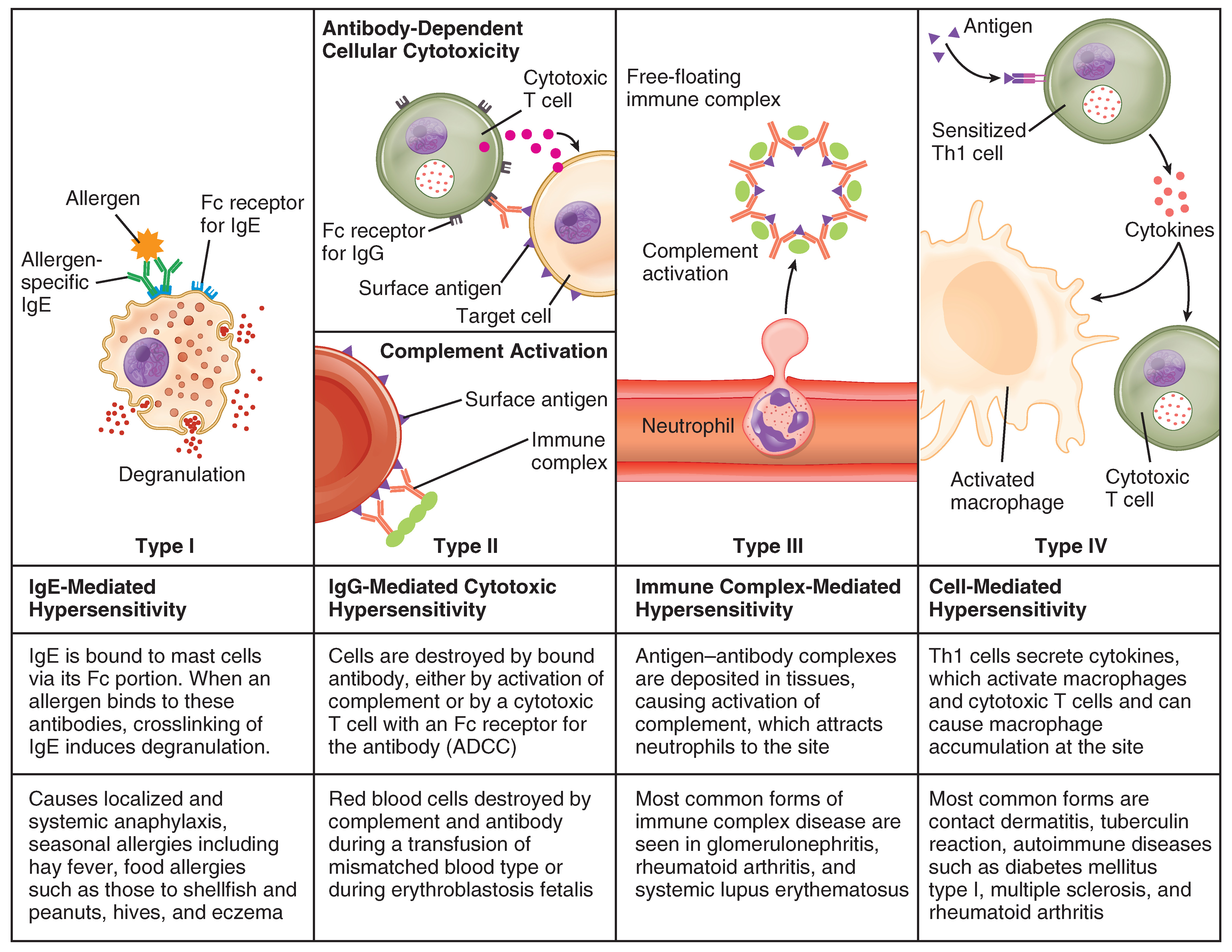
What is pelvic floor dysfunction?
In IC/BPS patients, PFD is usually related to the presence of too much tension (or high-tone), the opposite of the too-relaxed state (or low-tone) that contributes to incontinence. However, sometimes IC/BPS patients with PFD can have a combination of muscles that are too tense and too relaxed.
What are the symptoms of PFD?
Symptoms of PFD include:
- Urinary urgency, frequency, hesitancy, stopping and starting of urine stream, painful urination, or incomplete emptying
- Constipation, straining, pain with bowel movements
- Unexplained pain in the low back, pelvic region, genital area, or rectum
- Pain during or after intercourse, orgasm, or sexual stimulation
- Uncoordinated muscle contractions causing the pelvic floor muscles to spasm
Side effects of certain medicines commonly used to treat IC/BPS, such as tricyclic antidepressants (amitriptyline, imipramine, and others), may worsen PFD symptoms. Ask your healthcare provider if your medicines may be contributing to your symptoms.
Ask your healthcare provider if your medicines may be contributing to your symptoms.
How is PFD diagnosed?
Physicians or physical therapists (PT) who are specially trained in treating PFD diagnose the condition during a physical examination. Using external and internal “hands-on” or manual techniques to evaluate the function of the pelvic floor muscles, they can assess your ability to contract and relax these muscles.
Bones and muscles of your lower back, hips, and sacroiliac joint can stress your pelvic floor muscles. Your doctor or PT will first check externally and internally for problems such as muscle spasms, muscle knots, and weakness or sacroiliac misalignment (where your sacrum and upper hipbones meet).
If an internal examination is too uncomfortable for you, your doctor or physical therapist may use externally placed electrodes, placed on the perineum (area between the vagina and rectum in women/testicles and rectum in men) and/or sacrum (a triangular bone at the base of your spine) to measure whether you are able to effectively contract and relax your pelvic floor muscles.
Another way to measure pelvic floor contractions is with a perineometer, a small, tampon-like sensing device placed into the vagina or rectum.
How do I know if I have PFD, IC/BPS, or both?
Currently there is no surefire way to distinguish PFD from IC/BPS, and oftentimes patients have both conditions. Some healthcare providers examine pelvic floor muscles externally and internally to gauge their tightness (tightness indicates PFD). Other IC/BPS and PFD experts, like ICA Medical Advisory Board member, Robert Moldwin, MD, perform a lidocaine challenge. By instilling lidocaine into the bladder, Dr. Moldwin determines whether your pain is coming from your bladder, which would indicate IC/BPS.
How is PFD treated?
The goal of PFD therapy for IC/BPS patients is to relax these muscles and avoid stressing them. Treatment usually combines self-care, medicines, physical therapy, and home exercise.
- Self-Care—Avoid pushing or straining when urinating and ask your healthcare provider about how to treat constipation.
 Relaxing the muscles in the pelvic floor area overall is important. Using methods such as warm baths at least twice a day is helpful.
Relaxing the muscles in the pelvic floor area overall is important. Using methods such as warm baths at least twice a day is helpful. - Medicines—Low doses of muscle relaxants such as diazepam (Valium), 2 mg three times a day, may be helpful. Maintaining good posture to keep pressure off your bladder and pelvic organs and using stretching or other techniques such as yoga to avoid tightening and spasms in the other pelvic muscles, also help PFD therapy to succeed.
- Physical therapy—A physical therapist specially trained in pelvic floor rehabilitation may take the following steps to help you obtain relief from your PFD:
- External and internal evaluation of your pelvis
- External and internal manual therapy
- Application of various devices to help relax your pelvic floor
- Training in home exercise and therapy
External and internal manual therapy
The therapist may do manual therapy or massage both externally and internally to stabilize your pelvis before using other kinds of treatment. Manual therapy takes time and patience, and may require one to three sessions per week, depending on the technique used and your response to treatment. You may feel worse initially. However, many patients see improvement after six to eight weeks.
Manual therapy takes time and patience, and may require one to three sessions per week, depending on the technique used and your response to treatment. You may feel worse initially. However, many patients see improvement after six to eight weeks.
For internal massage, your PT may insert a finger into the vagina or rectum and massage the muscles and connective tissue directly. A frequently used technique is “Thiele stripping,” in which your therapist finds a trigger point by feeling a twitch in the muscle underneath, exercising it using a circular motion, and then putting pressure on it to help relax it, repeating the process until the muscle starts to release. Internal massage can also help release nerves. Sometimes, anesthetics can be injected into these trigger points. PTs may do this in a few states, but in most states, a doctor or nurse must administer injections.
If there is too much discomfort with internal therapy techniques, your PT may start with external techniques to help you begin to relax these muscles, including:
- Skin rolling
- Deep tissue massage, often called “myofascial release”
- Trigger-point therapy to release tight spots or “knots”
- Nerve release
- Joint mobilization
Application of various devices and therapies to help relax your pelvic floor
PTs also use a variety of devices and therapies to help you learn to relax your pelvic floor or to treat your pelvic pain directly.
- Biofeedback uses electrodes placed on your body (on the perineum and/or the area around the anus) or probes inserted in the vagina or rectum to sense the degree of tenseness in your pelvic floor muscles. Results displayed on a computer or other device provide cues to help you learn to relax those muscles. Usually, patients feel relief after six to eight weeks of therapy. You may be able to buy or rent a unit to use at home.
- Electrical stimulation uses a small probe inserted into the vagina or rectum to stimulate your pelvic floor muscles, helping desensitize nerves and causing muscles to contract and relax. Stimulation through electrodes placed on your body may calm pain and spasms. Different kinds of electrical stimulation devices are available for home use, both for internal stimulation with a probe or for external stimulation, such as a transcutaneous electrical nerve stimulation (TENS) or similar unit, to ease pain.
- Interferential therapy is a kind of electrical stimulation delivered from electrodes placed on the skin.
 The impulses “interfere” with each other at the point of pain deep in tissues and can replace and relieve the sensations of spasm. Home units are available.
The impulses “interfere” with each other at the point of pain deep in tissues and can replace and relieve the sensations of spasm. Home units are available. - Ultrasound uses high-frequency sound waves applied through a wand or probe on your skin to produce an internal image or to help treat pain. Real-time ultrasound can let you see your pelvic floor muscles functioning and help you learn to relax them. Therapeutic ultrasound uses sound waves to produce deep warmth that may help reduce spasm and increase blood flow or, on a nonthermal setting, may promote healing and reduce inflammation.
- Cold laser applies low-intensity laser light to the tissue and may help with pain, inflammation, and wound healing. Some devices have FDA approval for temporary relief of minor muscle aches, joint pain and stiffness, and for relaxation of muscle spasm and increasing local blood flow.
Home exercise and therapy is also a mainstay of PFD rehabilitation. Because the goal of PFD therapy is to learn to control and, especially, relax the pelvic floor, therapists will teach you techniques for use at home to build on the therapies they do in their offices. This usually begins with general relaxation, stretching the leg and back muscles, maintaining good posture, and visualization—part of learning to sense your pelvic floor muscles and to relax them.
Because the goal of PFD therapy is to learn to control and, especially, relax the pelvic floor, therapists will teach you techniques for use at home to build on the therapies they do in their offices. This usually begins with general relaxation, stretching the leg and back muscles, maintaining good posture, and visualization—part of learning to sense your pelvic floor muscles and to relax them.
Interstitial cystitis: symptoms, diagnosis and treatment
Interstitial cystitis is one of the most severe forms of chronic cystitis.
In addition to the classic manifestations of cystitis (frequent urination, nocturia), the main symptom is pain in the lower abdomen (bladder area), which increases with filling. The pain is so severe that some patients take strong pain medication to relieve it. In this case, urination can be very frequent – in severe cases, up to 100 times a day.
REASONS
The cause of bladder pain in interstitial cystitis is the destruction of the protective layer of the bladder.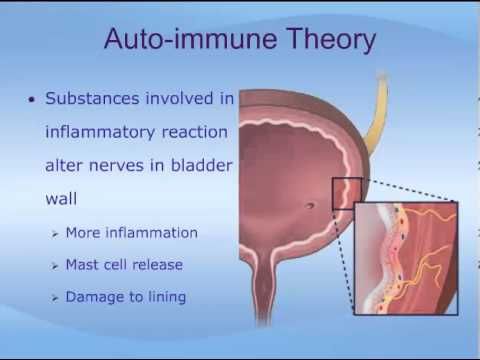 The inner surface of the bladder is covered with a layer of hyaluronic acid and chondroitin sulfate. The main purpose of this layer is to protect the bladder from the aggressive effects of urine. In interstitial cystitis, the toxic components of the urine directly affect the nerve endings – causing characteristic symptoms: pain and frequent urination.
The inner surface of the bladder is covered with a layer of hyaluronic acid and chondroitin sulfate. The main purpose of this layer is to protect the bladder from the aggressive effects of urine. In interstitial cystitis, the toxic components of the urine directly affect the nerve endings – causing characteristic symptoms: pain and frequent urination.
This is confirmed by the results of the tests: in patients with a similar form of cystitis, the content of the main glycosaminoglycans – hyaluronic acid and chondroitin sulfate in the urine is significantly lower than normal.
When the protective layer of the bladder is destroyed, the toxic components of urine penetrate into the submucosal layer of the urothelium, “burning” the nerve endings located there. That is why there are such symptoms of interstitial cystitis as pain and frequent urination.
That is why there are such symptoms of interstitial cystitis as pain and frequent urination.
Such a chemical “burn” of the bladder mucosa leads to inflammation, to which our immune system reacts, trying to destroy the “enemy” – bacteria, which in fact do not exist. The autoimmune process is running, but in reality it only destroys the inner lining of the bladder.
DIAGNOSIS
Diagnosis is quite complicated, and the doctor makes a diagnosis in accordance with his experience and knowledge.
The main symptom of interstitial cystitis is pain with little bladder filling, requiring immediate urination.
To make a diagnosis, cystoscopy with hydrobuoyancy of the bladder is performed – a visual examination of the bladder using a special device.
Useful video “Interstitial cystitis: myths and reality”
TREATMENT
Interstitial cystitis is a chronic disease, the complete cure of which is unlikely, but remission can be achieved – the absence of signs and symptoms of the disease.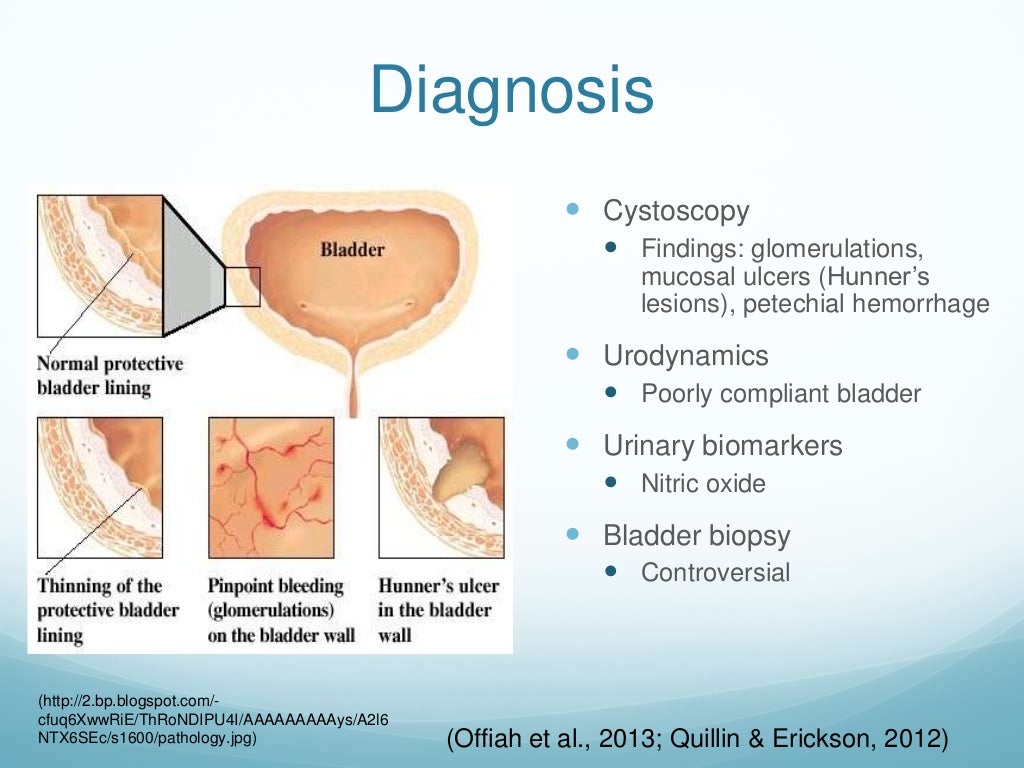
The main course of treatment for begins with the elimination of the cause of the disease – with the restoration of the protective layer of the bladder. For this purpose, the use of hyaluronic acid in the form of a 0.08% solution of sodium hyaluronate UROLIFE showed high efficiency.
Hyaluronic acid can be taken in 2 forms:
- Intravesical instillations of the UROLIFE protector (insertion into the bladder).
- Oral: taken by mouth in capsule or drink form.
For the best effect, a combination of instillations and capsules/drink is recommended.
The course of treatment of interstitial cystitis with the method of restoring the protective layer of the bladder usually lasts 3-6 months, since the urothelium is restored very slowly. However, pain in the bladder area decreases after 1-2 weeks of therapy.
More about UROLIFE
Where to buy UROLIFE
Useful video about interstitial cystitis:
youtube.com/embed/KZwHvCe0I98″ title=”YouTube video player” frameborder=”0″ allow=”accelerometer; autoplay; clipboard-write; encrypted-media; gyroscope; picture-in-picture” allowfullscreen=””>
You should not make a diagnosis on your own and even more so self-medicate.
In diagnosis and treatment, it is better to trust professionals!
causes, symptoms, clinical recommendations, treatment
This disease is treated by Urologist-andrologist
The information provided on this page should not be used for self-treatment or self-diagnosis. If you suspect a disease, you should seek help from a qualified specialist. Only your doctor can diagnose and prescribe treatment.
Article content:
- Causes
- Risk factors
- Classification
- Symptoms
- Complications
- Diagnostics
- Treatment
- Prognosis and prevention
What is interstitial cystitis?
Interstitial cystitis is a progressive chronic inflammation of the bladder, non-infectious
etiology Source:
Interstitial cystitis:
painful bladder syndrome. Sholan R.F., Garaev G.Sh., Nasrullaeva G.M. Kazan medical journal. 2018.
Sholan R.F., Garaev G.Sh., Nasrullaeva G.M. Kazan medical journal. 2018.
No. 1. With. 84-91. Clinically, this pathology is manifested by pain in the pelvic region,
an increase in the number of urges and frequency of urination, pain in the pelvic area and reproductive organs
during intercourse. Treatment is complex and includes taking antidepressants, antihistamines,
glucocorticosteroids, anesthetics. In especially neglected cases, reconstructive plastic surgery is indicated.
Causes
The exact causes of this form of the disease are unknown. Modern theories cite the following factors as the main reasons:
- autoimmune processes in the body;
- penetration of pathogenic flora;
- increased permeability of the mucosal epithelium;
- endocrine diseases;
- neurogenic inflammation;
- genetic predisposition.
Today, many scientists are inclined to believe that inflammation occurs due to the appearance of defects in the protective layer of the epithelium. This layer protects the body from the effects of toxins found in the urine. When it is damaged, harmful irritants penetrate the interstitial membrane, nerve endings are damaged, which causes severe irritation of the mucous membrane during urination and pain in the lower abdomen. Source:
This layer protects the body from the effects of toxins found in the urine. When it is damaged, harmful irritants penetrate the interstitial membrane, nerve endings are damaged, which causes severe irritation of the mucous membrane during urination and pain in the lower abdomen. Source:
Interstitial cystitis: pathogenesis, diagnosis and treatment (part 2). Mirkin Ya.B., Karapetyan A.V. ECU. 2018. №2. With. 118-122.
Risk factors
There are a number of factors that contribute to the development of the disease. These include:
- frequent hypothermia;
- hormonal disruptions;
- non-compliance with the rules of intimate hygiene;
- constriction of the urethra;
- urolithiasis;
- mechanical damage to the urethra;
- diabetes mellitus;
- smoking, alcohol abuse;
- prolapse of the pelvic organs;
- reduced immunity;
- chronic stress, constant nervous tension;
- use for bathing irritating shampoos, gels, scented soaps;
- chronic prostatitis in men;
- uncontrolled intake of certain medications.

Classification
The following forms of interstitial cystitis are distinguished:
1. Ulcerative. The classic form of the disease. At the top of the inflamed organ, a specific ulcer is formed that affects the submucosal and epithelial layers. It occurs as a result of a strong stretching of the organ and tissue destruction. This form of the disease is diagnosed in approximately 15% of patients. The current is heavy. Diagnosis does not cause difficulties for the doctor.
2. Non-ulcer. Occurs in most cases. It has an erased clinic, which often causes difficulties in diagnosing this pathology. Changes in the mucous membrane are insignificant, inflammation is mainly localized in the deep layers of the organ wall. The diagnosis is usually made by exclusion. Many patients have been unsuccessfully trying to treat completely different pathologies for a long time.
The initial stages of the disease may be asymptomatic. Then, as the inflammation increases, the following clinical signs may appear:
- pain in the lower abdomen, above the pubis;
- urgency and frequent urination;
- pain during diuresis;
- urinary incontinence;
- sensation of incomplete emptying.

As the pathological process progresses, many patients experience pain in the pelvic region, in the lower abdomen. People often (several times per hour) go to the toilet. Symptoms of the disease increase as the bladder fills and weaken after urination Source:
Painful bladder syndrome / interstitial cystitis: prognostic factors for the clinical course of the disease. Zaitsev A.V., Sharov M.N., Arefieva O.A., Pushkar D.Yu. Bulletin of Urology. 2018. №3. With. 26-35.
In particularly severe cases, the patient may spend several hours in the toilet in a row, as urine flows continuously in small portions.
Manifestations of interstitial cystitis in women often increase during menstruation, ovulation, after sexual intercourse, severe stress, physical overexertion, an allergy attack. Smoking, drinking alcohol, spicy foods, foods that contain a large amount of potassium (chocolate, oranges, tomatoes, and a number of others) can worsen the patient’s well-being.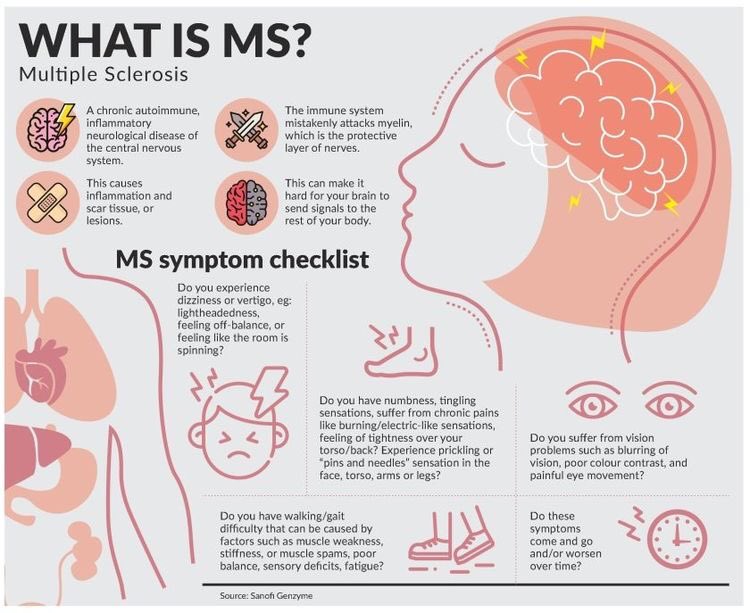
Complications
In the absence of timely treatment, patients may develop the following complications:
- urolithiasis;
- decrease in volume, wrinkling of the affected organ;
- blood in urine;
- cicatricial narrowing of the ureters;
- chronic renal failure;
- abnormal reflux of urine from the bladder into the ureters;
- pathological expansion of the excretory system of the kidneys and ureters (due to prolonged urinary retention).
Diagnosis is often difficult due to the hidden course of the disease and the similarity of symptoms with other pathologies. Usually the final diagnosis is made by excluding diseases with a similar clinical picture.
Doctors have developed a number of instrumental and laboratory methods for this. The likelihood of developing this particular form of the disease increases in patients over 18 years of age who do not have concomitant andrological, gynecological, urological pathologies and who experience pelvic pain for 6 months or more, have frequent urination (5 or more times per hour) during the day and at least get up twice at night to go to the toilet.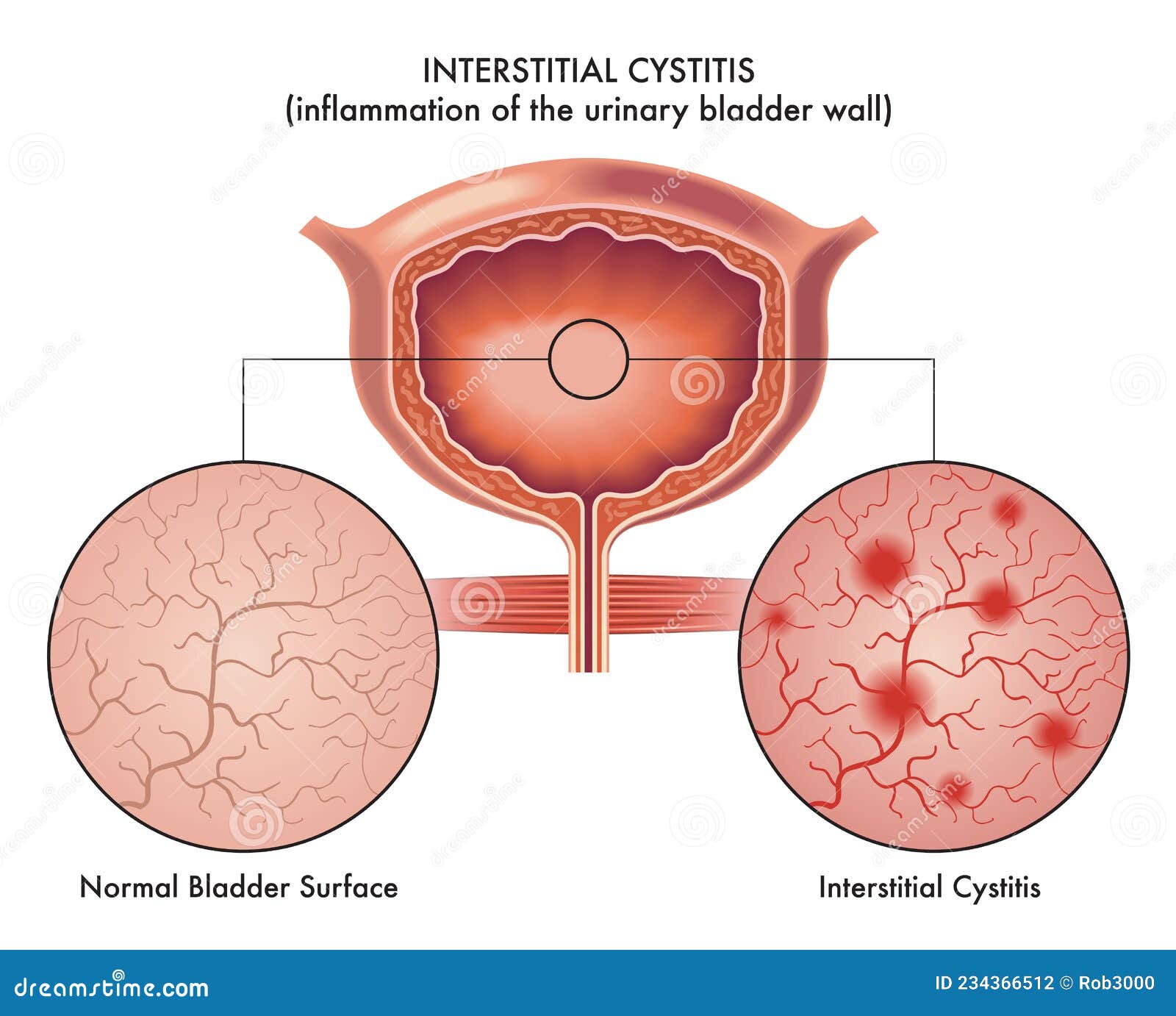
Another important diagnostic criterion is the ineffectiveness of drug therapy with antibiotics, uroseptics, antispasmodics. Source:
Interstitial cystitis or painful bladder syndrome: a modern view of the problem. Onopko V.F., Kirilenko E.A., Baranova E.O., Golubeva V.S. Acta Biomedica Scientifica. 2016. No. 1. With. 63-69.
To make a final diagnosis, the patient may be prescribed the following examinations:
- urinalysis – they detect signs of inflammation, blood, a portion of urine is usually small, there is no pathogenic microflora in it;
- cystometry – determine the volume of the inflamed organ, the pressure inside it, with this form of cystitis, the fullness of the organ is less than 350 milliliters, after the introduction of a small amount of gas or liquid artificially, the patient has a strong urge to urinate;
- cystoscopy is an examination of the inflamed organ from the inside with the help of special devices, characteristic ulcers or foci of hemorrhage are found on the mucosa, which are the result of pathological stretching of the organ, in the vast majority of patients, during the histological examination of the taken biomaterial, foci of fibrosis, macrophages, neutrophils are detected;
- potassium test – pure water and a solution of potassium chloride are injected into the cavity of the affected organ in turn, if the patient has severe pain after the administration of potassium, this may indicate that he has interstitial inflammation.

Additionally, for the purpose of differential diagnosis, instrumental examinations of the pelvic organs, sowing of prostate secretion for pathogenic flora, smear from the vagina, urethra, tests for STDs, cystography, urography, uroflowmetry can be prescribed.
Differential diagnosis is carried out with infectious forms of the disease, inflammatory pathologies of the pelvic organs. In men – with vesiculitis, prostatitis. It is necessary to exclude genital herpes, urolithiasis, cancer of the urethra, uterus, bladder, diverticulosis, and other types of cystitis. In some cases, to clarify the diagnosis, consultations of other specialists may be prescribed.
Treatment
There is no effective treatment for interstitial cystitis that will lead to a complete recovery.
To relieve symptoms and improve the quality of life, the following groups of drugs can be prescribed to the patient:
- polysaccharides – protect and restore the mucous membrane of the affected organ;
- analgesics – relieve pain;
- glucocorticosteroids – effectively relieve inflammation, only a doctor can prescribe drugs of this group, as well as determine the dosage and duration of the course of treatment, self-medication is unacceptable and can lead to the development of a number of complications;
- antidepressants – normalize the emotional background, reduce the severity of depression;
- antihistamines – relieve inflammation.

To increase the volume of the affected organ, fluid is injected into it, which eventually leads to stretching of the walls. In addition, to relieve inflammation and heal ulcers, a solution of silver nitrate is injected into the organ. Source:
Painful bladder syndrome in women: criteria for effectiveness and prediction of treatment results. Kuzmin I.V., Ignashov Yu.A., Slesarevskaya M.N., Al-Shukri S.Kh. ECU. 2020. №2. With. 142-148.
If conservative therapy fails, surgery may be indicated. Surgical treatment may include the following manipulations:
- complete removal of the affected organ and the creation of a new reservoir for urine from the intestine;
- replacement of the affected part of the wall with a section of the intestine (this is done to increase the volume of the bladder).
Prognosis and prevention
With timely therapy, the prognosis is relatively favorable. In most patients, the symptoms become less pronounced, the quality of life increases, but complete recovery is extremely rare.
Prevention of female cystitis includes:
- timely treatment of STDs;
- maintaining a regular sexual life with a regular partner;
- use of barrier contraception;
- regular sanitation of foci of chronic infection in the body;
- timely therapy of other inflammatory diseases of the genitourinary system;
- hygiene;
- proper nutrition;
- compliance with the regime of work and rest;
- smoking cessation, alcohol abuse;
- avoidance of stress, nervous tension;
- exclusion of any contact with possible allergens;
- careful use of lubricants, spermicides, other agents;
- urination after intercourse;
- timely correction of congenital anatomical abnormalities in the structure of the urinary system.
In men, timely treatment of prostate pathologies can be added to the above list.
- Interstitial cystitis: painful bladder syndrome.


 Relaxing the muscles in the pelvic floor area overall is important. Using methods such as warm baths at least twice a day is helpful.
Relaxing the muscles in the pelvic floor area overall is important. Using methods such as warm baths at least twice a day is helpful. The impulses “interfere” with each other at the point of pain deep in tissues and can replace and relieve the sensations of spasm. Home units are available.
The impulses “interfere” with each other at the point of pain deep in tissues and can replace and relieve the sensations of spasm. Home units are available.



